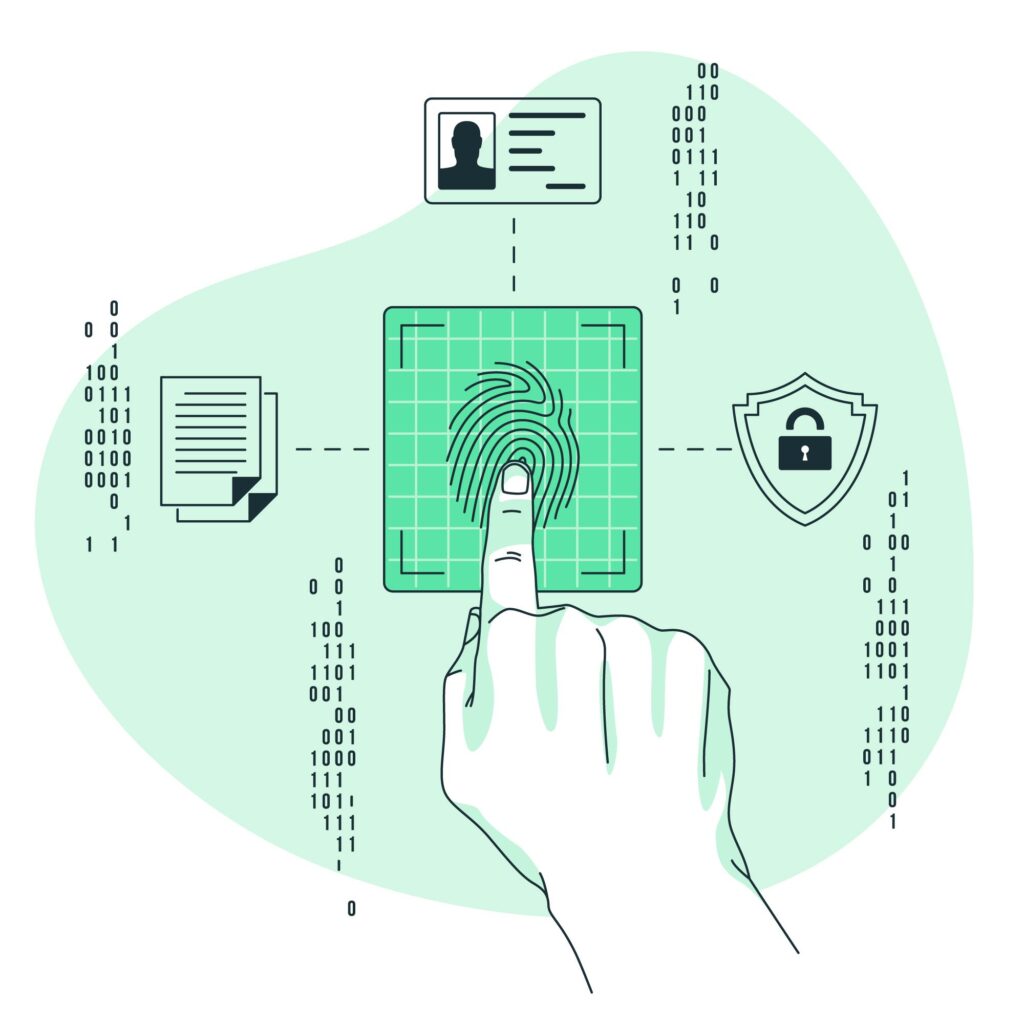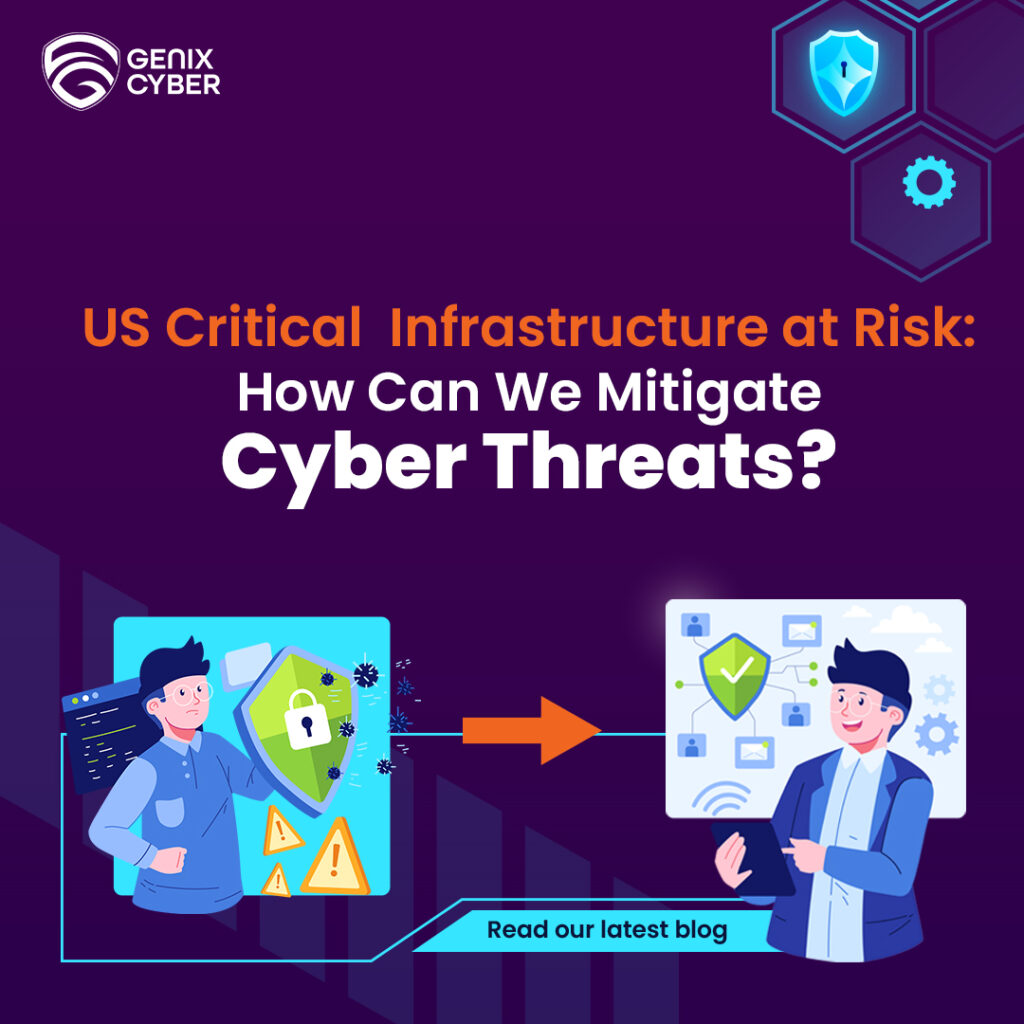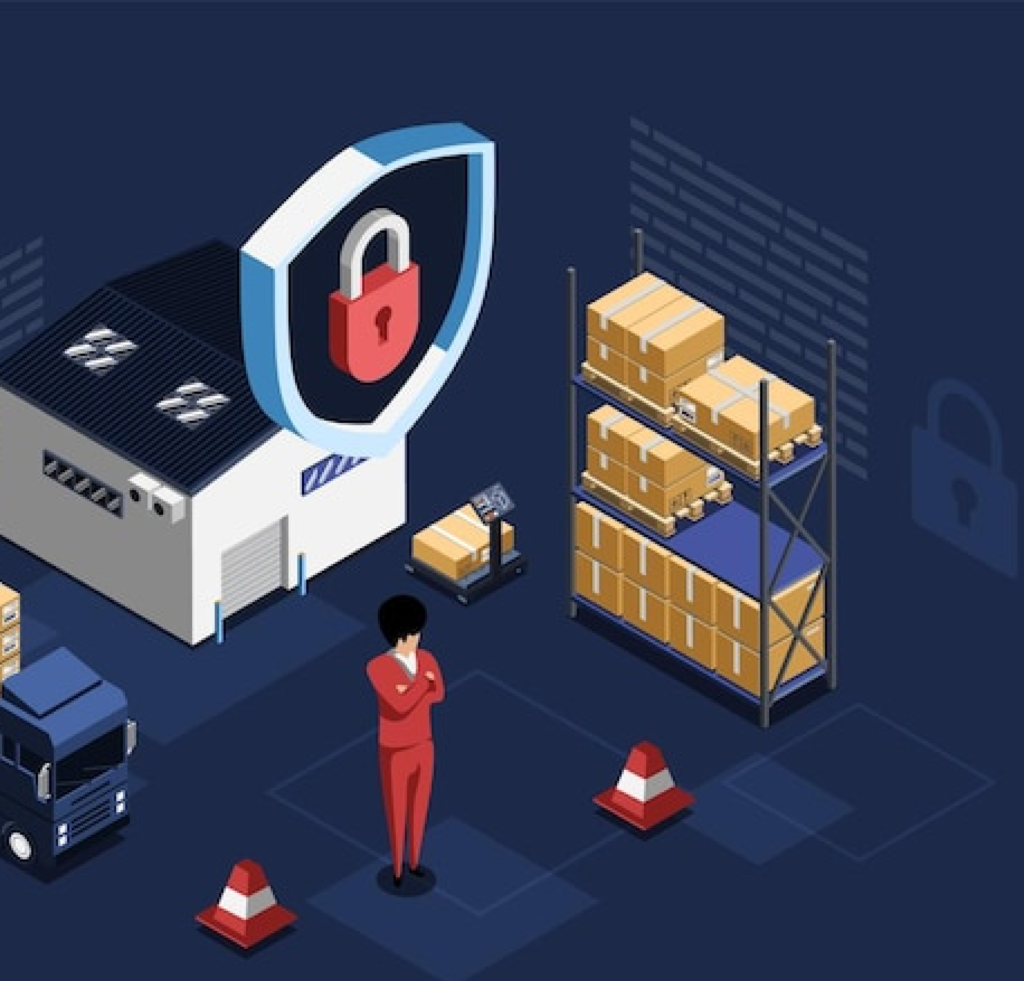In the ever-evolving landscape of cyber threats, Artificial Intelligence is not just a tool; it’s a revolution, a paradigm shift that’s redefining the very fabric of cyber defense.
But, like every invention, AI too comes with its own set of challenges!
In this blog, we’ll take a deep dive into the AI revolution in cybersecurity, examining its benefits and challenges. We’ll also explore how the Genix Cyber approach – AI-SAFE ™ framework, offers a comprehensive plan for integrating AI into cybersecurity.
This approach is designed to maximize the advantages of technology while effectively addressing security risks.
How AI is Reshaping Cyber Defense?
Picture this: deep learning algorithms working tirelessly behind the scenes, swiftly analyzing colossal data troves, automating incident responses like clockwork, and even foreseeing threats before they materialize. It’s like having a cyber guardian with superhuman abilities, revolutionizing security measures in ways we could only imagine.
AI revolutionizes security measures by providing benefits such as:
Rapid Threat Detection: AI enables quick identification of potential threats, allowing organizations to respond promptly.
Streamlined Processes: Automation of incident response and analysis streamlines cybersecurity operations.
Proactive Defense Strategies: AI predicts future threats, empowering proactive defense measures.
Improved Overall Cybersecurity: The integration of AI enhances detection, response, and prediction capabilities, providing a competitive edge against evolving threats.
In essence, AI enhances the effectiveness of cybersecurity measures, making organizations more resilient to cyberattacks.
The Role of AI in Identity Verification and Management
AI’s role in identity verification goes beyond recognizing faces or fingerprints; it analyzes various traits and data points to enhance security and detect fraud.
According to a recent report by Cybersecurity Ventures, cyber-crime damages are expected to cost the world $8-$12 trillion annually by 2025, underscoring the urgent need for advanced defenses.
Imagine a unique identity bubble for every individual, crafted from a blend of biometric features, behavioral traits, and environmental cues. This sophisticated blend presents a significant hurdle for penetration attempts, as some elements are highly resistant to imitation or replication.
With AI-driven Multi-Factor Authentication (MFA), identity protection evolves beyond passwords, adapting to individual risk profiles and streamlining verification processes. This not only mitigates risks but also reshapes cybersecurity practices, making AI a fundamental force in safeguarding digital identities.
Best Practices for Successful AI Integration in IAM
Integrating AI into Identity and Access Management (IAM) isn’t a wild sprint; it’s a marathon. Genix Cyber recommends the AI-SAFE ™ framework for seamless integration of AI into IAM, ensuring a gradual and manageable transition while tackling challenges effectively.
Assess Data Quality: Evaluate data quality to ensure accurate AI-driven insights.
Implement Governance: Establish clear governance mechanisms aligned with organizational goals.
Select the Right AI Solutions: Choose AI solutions based on specific needs and technical capabilities.
Adopt Gradually: Start small and scale up AI integration gradually.
Foster Human Oversight: Maintain human oversight for continuous monitoring and feedback.
Ensure Security: Prioritize transparency, robust security measures, and adequate skills training.
The harmonization of AI and cyber-security is not merely an option but a necessity ecosystem. Following these best practices ensures the successful integration of AI in IAM processes. For a smoother transition, it is always ideal to consult with AI experts or cybersecurity consultants.
Critical Challenges in AI Cybersecurity
Despite its groundbreaking advancements, the transformative potential of AI in cybersecurity is often clouded by the inherent challenge of understanding its complex and opaque operations.
It predominantly poses three critical challenges:
Black Box Problem: Complex AI models lack transparency, raising concerns about accountability.
Susceptibility to Attacks: AI models can be vulnerable to manipulation, posing security risks.
Ethical Concerns: Data collection and biases in AI raise ethical questions that need addressing.
Addressing these challenges requires the development of explainable AI models, embedding security measures, and promoting ethical AI practices.
How Hackers Utilize AI for Gains
Hackers leverage AI to create sophisticated malware, personalize phishing attacks, and exploit vulnerabilities in security systems. To counter these threats, we need to collectively work toward
· Developing Explainable AI Models
· Embedding Security Measures to Thwart Manipulation Attempts
· Promoting Ethical AI Practices for data privacy and usage.
Collaboration between cybersecurity experts and AI developers is crucial to developing secure AI solutions and mitigating cybersecurity risks.
Conclusion:
In conclusion, AI represents a double-edged sword in the realm of cybersecurity—offering revolutionary capabilities to detect and counteract digital threats, while also presenting new challenges and ethical dilemmas. By adhering to the AI-SAFE ™ framework and prioritizing the ethical integration of AI into cybersecurity practices, organizations can navigate these complexities to enhance their defense mechanisms and secure the digital future. This journey requires a collaborative effort, uniting the expertise of cybersecurity professionals with the innovative potential of AI, to forge a path towards a more secure and resilient digital landscape.





